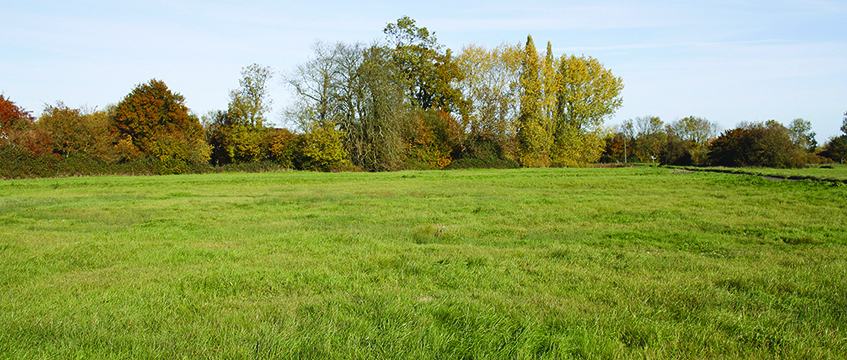Five in six councils plan green belt development
Five in six local authorities have proposed development on London’s green belt.
Research from London Green Belt Council reveals that 56 of 66 local authorities have planned residential development on green belt land around London, with the number of homes planned increasing by 64% in two years.
Some 202,700 homes have been proposed on green belt land, up from 159,300 in 2017 and 123,500 in 2016. The number of sites has also risen to 519, compared with 403 in 2017 and 203 in 2016.
Five in six local authorities have proposed development on London’s green belt.
Research from London Green Belt Council reveals that 56 of 66 local authorities have planned residential development on green belt land around London, with the number of homes planned increasing by 64% in two years.
Some 202,700 homes have been proposed on green belt land, up from 159,300 in 2017 and 123,500 in 2016. The number of sites has also risen to 519, compared with 403 in 2017 and 203 in 2016.
The majority of residential proposals were in advanced local plans, with further homes counted through planning applications. The data was collected by eight branches of the Campaign to Protect Rural England.
The largest number of homes per county were identified in Hertfordshire (70,787), Essex (67,826) and Surrey (29,381). Kent is currently in the early stages of developing its local plan and does not yet have a large allocation for residential development on the green belt.
The local authorities planning the largest number of homes on green belt land are Thurrock (29,635), Dacorum (14,360) and East Hertfordshire (13,450).
In Thurrock, a number of sites have been earmarked for residential development in the 2018 Local Plan – including South Ockendon (12,000) Chadwell St Mary’s (5,000) and East Tilbury (5,000).
The LGBC said developers were ignoring the 12,200 acres of brownfield land in these areas and redrawing boundaries to eat-up greenfield sites, despite promises to protect them. The report says this “does virtually nothing to address the crisis of affordability of housing”.
Richard Knox-Johnston, chair of the LGBC, said: “Councils are being pressurised by government to set targets which are much higher than the likely need and are, on occasions, forced to accept even higher housing numbers to accommodate growth from neighbouring authorities.”
He called on government to reduce this pressure and refocus on brownfield development. “Action is needed more urgently than ever if we are to avoid irreparable damage to the integrity of London’s green belt.”
Housing minister Kit Malthouse said: “We are determined to build the homes our country needs, but we have been clear that the use of green belt land should be a last resort.
“That’s why we strengthened green belt protection with councils now having to show they have exhausted all other reasonable options to meet development needs before even considering changes to the green belt and then evidence exceptional circumstances to justify development.”
To send feedback, e-mail emma.rosser@egi.co.uk or tweet @EmmaARosser or @estatesgazette











